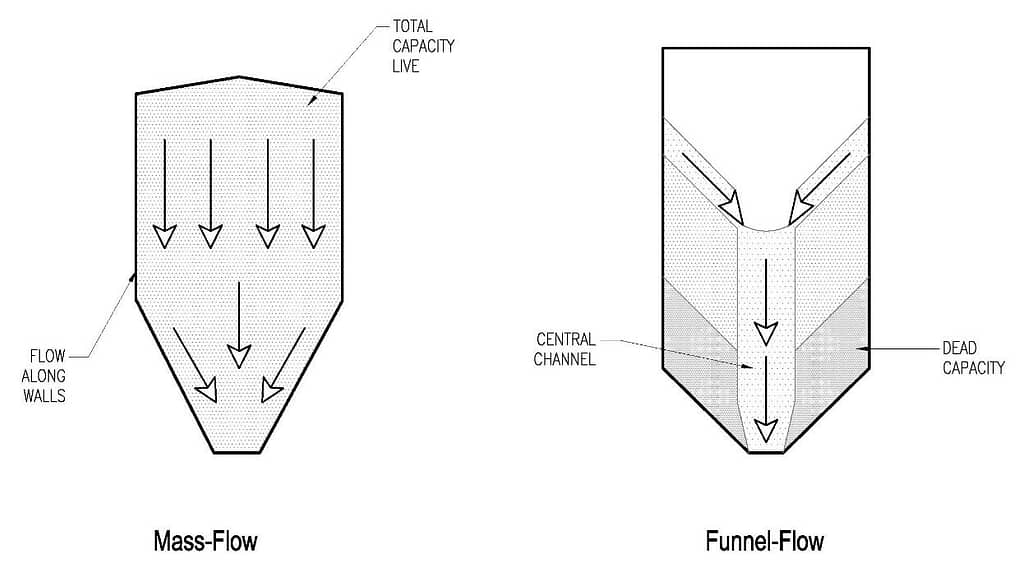Mineral processing plants require a storage buffer to bridge differences in production rates betweenmining and processing. Where coarse ores are processed, such as coal or hard rock, this buffer maybe an ore stockpile or silo.
For wet-mining processes, e.g. dredging or hydraulic mining, or where f ine ores are slurried close tothe mining face, a surge-bin is used to contain the plant feed and smooth out the variations in miningrates. These bins have gradually evolved from simple storage vessels to units that are now frequentlypart of the mineral separation process itself, such as providing a desliming function to removedeleterious ultrafine gangue. This feed conditioning is often essential to achieve the levels of plantperformance required in times of declining ore grades and or where inherent ore characteristicsmake separations harder to achieve.
To achieve these dual roles requires careful consideration of bin design factors such as geometryand lining selection and increased use of instrumentation and advanced, or remotely supervised,control systems. All this ensures they provide capacity to smooth out variations in mining rates andguarantees that when conditioning ores or adjusting slurry densities ahead of the plant it is achievedwithout loss of valuable minerals.
This article examines the evolution of the modern surge-bin from a simple, so called, constant densitytank with its inherent mass-flow compromises, limited feed preparation and beneficiation abilities,and footprint penalty, to a current state of the art surge-bin, the LFCU, with a control system whichprovides demonstrable steady outputs, while conditioning and in some cases beneficiating the ROMmaterial and all from a highly compact unit.
It further discusses their use in other applications around the world, for example providing thenecessary security for long distant high-density pumping systems; constant high density, low waterusage, tailings disposal pipelines and high capacity ultrafine iron ore beneficiation.

CONCLUSIONS
The modern surge bin:
- copes with extreme variations in mining rates
- provides the necessary stability of feed (rate and density) to down stream process stages to
- ensure they can operate optimally
- ensures continuity of feed to downstream processes during mining disruptions
- will provide additional de-sliming function
- can provide beneficiation of heavy values to the bin discharge
